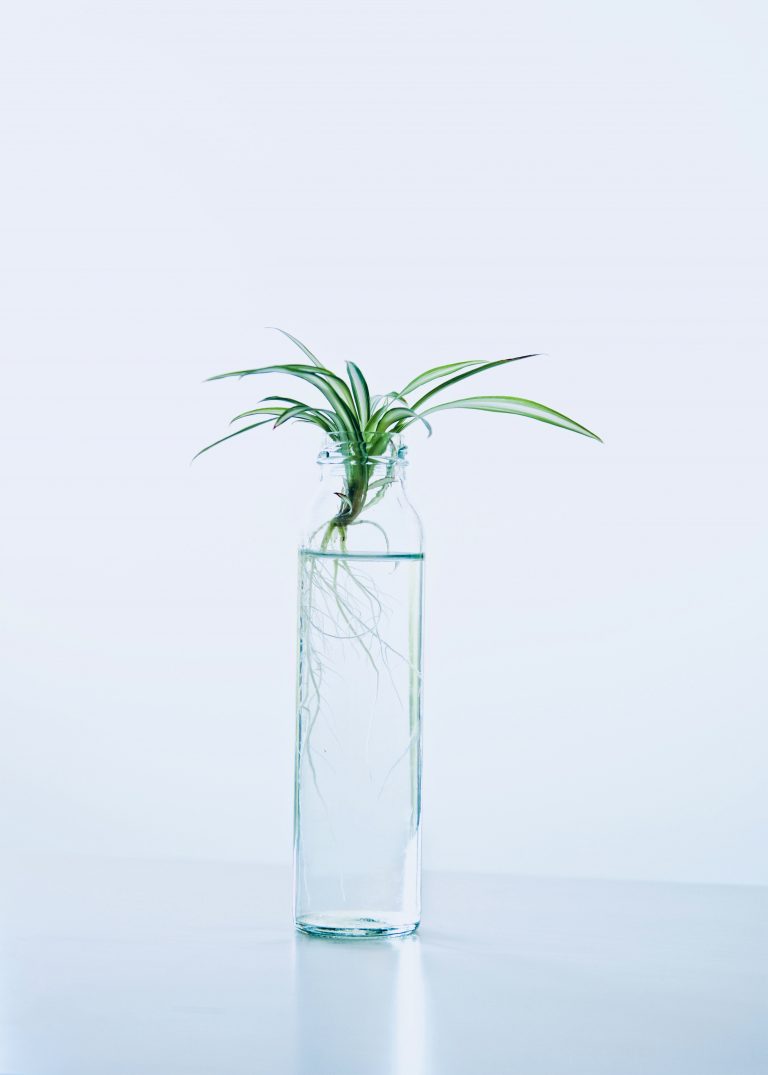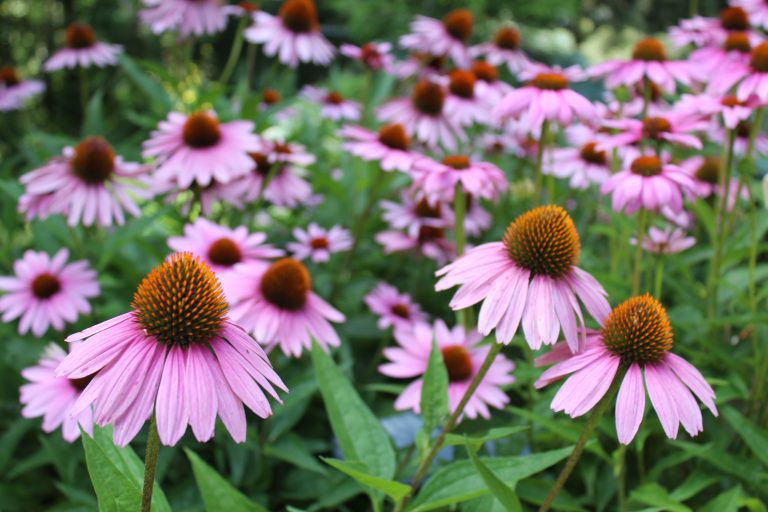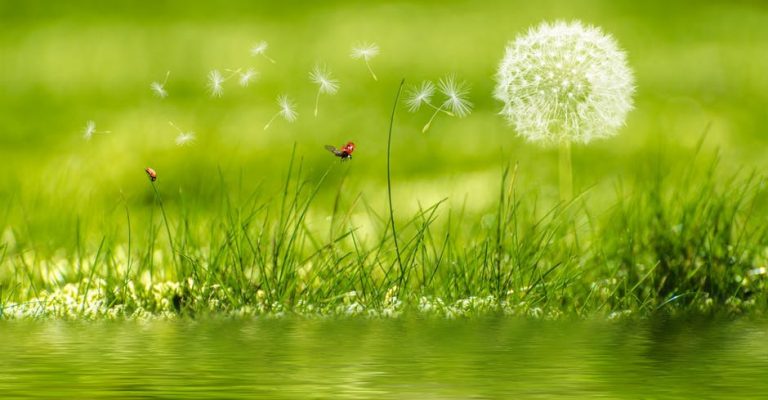Before you discount the idea of free funeral plants, bear with me on this one. Getting free plants from a funeral home is possible. However, you may have to step out of your comfort zone for this trick. Even those of you who consider yourselves outgoing might feel a bit odd about using a…
free plants
5 Plants That Easily Grow in Water
Potting up plants is a messy business. Even when I’m being careful, I manage to get soil everywhere. One of my favorite plants in my home, though, requires no soil at all. I bought the plant at the grocery store several years ago for about $3 and today, it’s almost as tall as…
10 Ways to Get Free Plants
Get free plants and save money on your favorite pastime. While gardening is one of the largest hobbies in the US, how expensive a hobby depends a lot on how you approach it. It can be quite an expensive hobby when you purchase everything retail. However, it can also be an extremely frugal hobby for…
Garden For Free
Is it possible to have a lush flower garden, produce your own veggie patch or just add to the landscaping around your home all for free? Absolutely. One of the easiest ways to do this is to participate in your local chapter of Freecycle. This is a Yahoo list, available at FreeCycle.org. The organization began…



